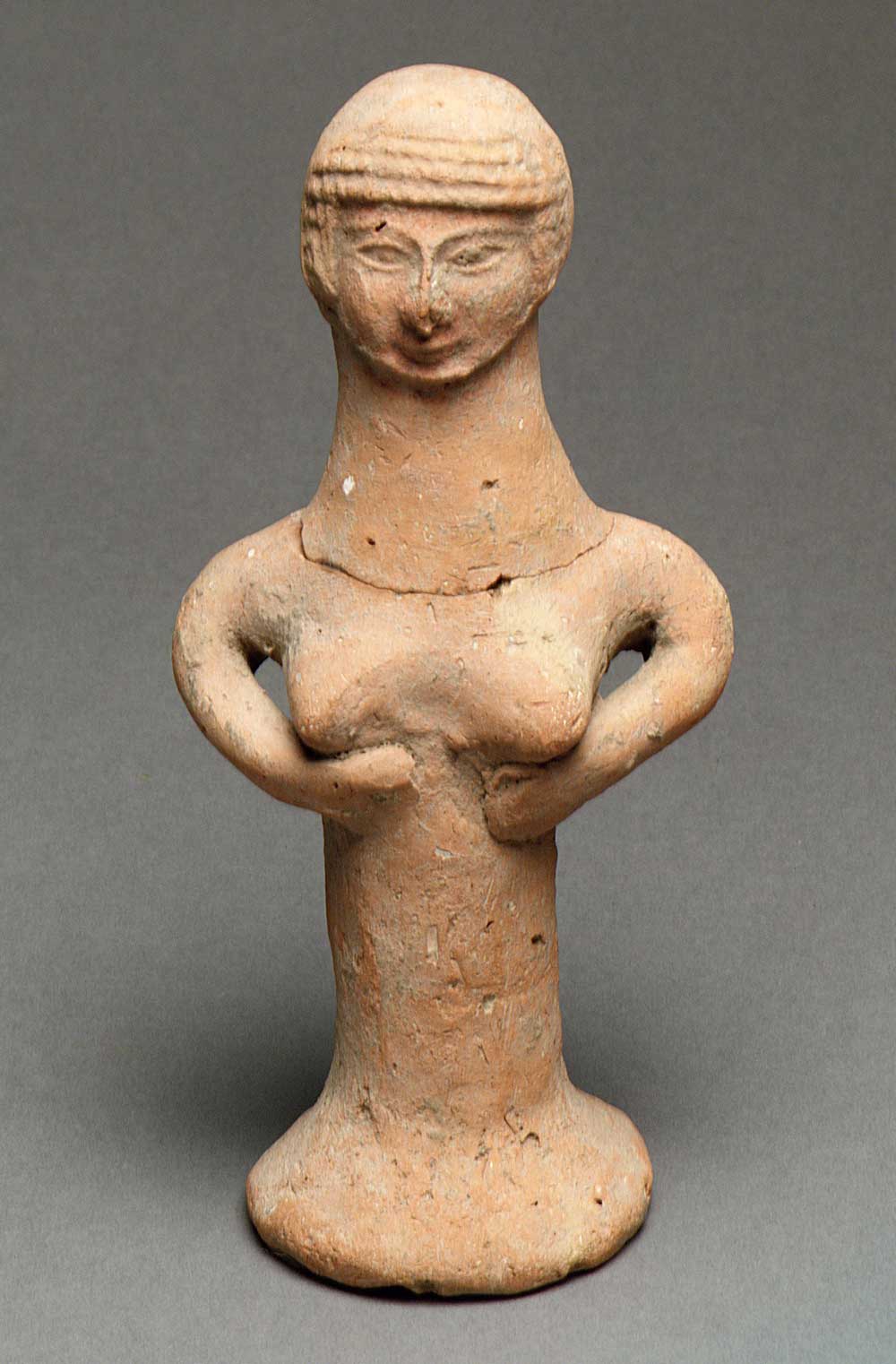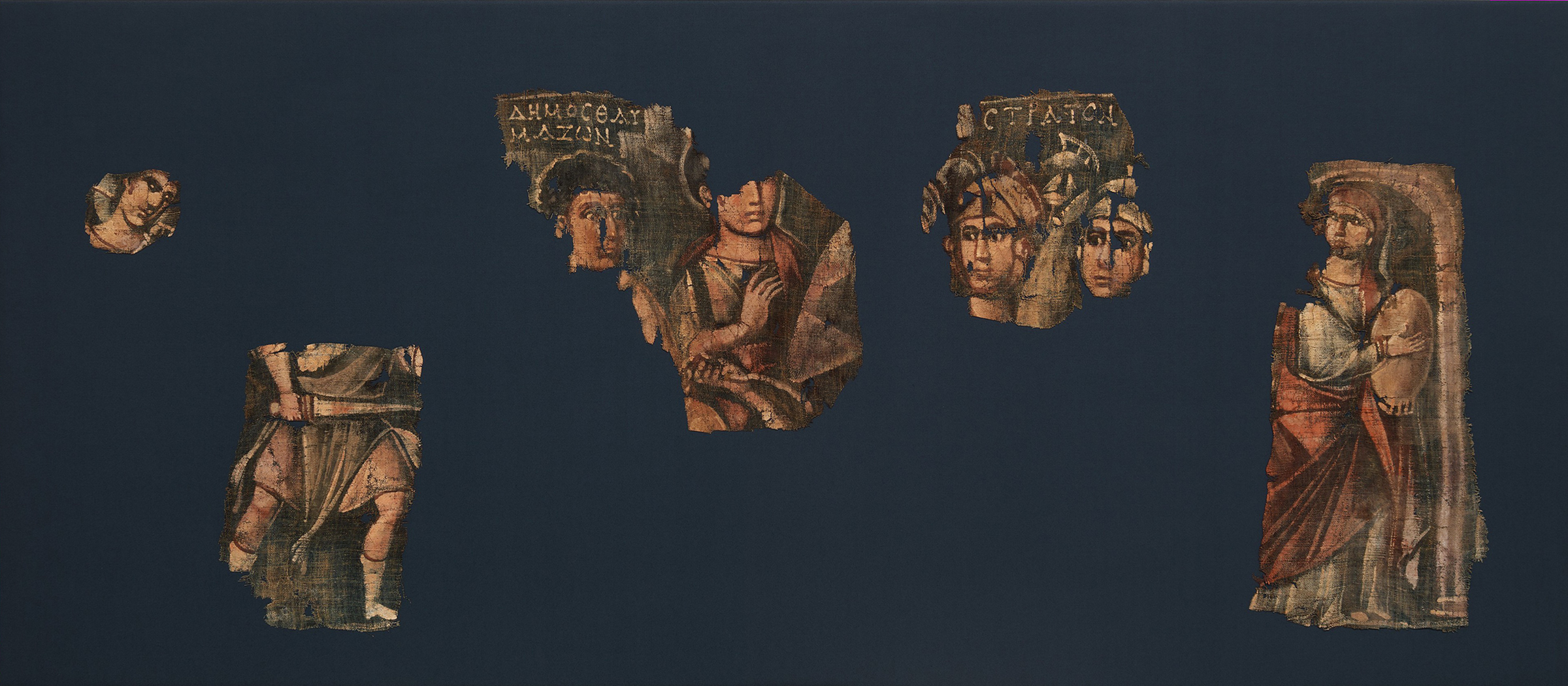The oldest scriptures that eventually became the Bible were created within an environment where no appreciable religious function was assigned to texts. The stories, proverbs, songs, and prayers dating from the ninth and eighth centuries bc that researchers have managed to reconstruct from the Bible are examples of literature rather than holy scripture. They evolved into scripture through a lengthy process.
What scholars call a “cult religion” was practiced in Israel and Judah in the period before the Babylonian Exile (586–538 bc). Religious observance centered on local shrines, and contact with the deity was maintained through sacrifices, votive offerings, and prayer. In the late pre-exile period, that is, the final decades of the seventh century bc, cultic activities in Judah came to be focused on a single temple in Jerusalem. The Bible portrays this process as part of the religious reforms undertaken by Josiah (2 Kings 22–23).
Of course, religious texts also had their place within this cult, but they did not play a key role in either its foundation or its normalization. Instead, like the religious paraphernalia in the temple, they simply formed one aspect of cultic activities. An example of this appears in Psalm 24:7–10.
Lift up, oh gates, your heads, and become high, eternal entrances, and the king of glory enters.
Who is the king of glory? YHWH, the strong and heroic, YHWH, the hero of the battle.
Lift up, oh gates, your heads, and become high, eternal entrances, and the king of glory enters.
Who is the king of glory? YHWH Sabaoth, he is the king of glory.
This psalm clearly reveals its roots in cultic rites. It describes a procession—the entrance of God into his sanctum—accompanied by a cultic antiphony. The imagery used in this psalm suggests that God was symbolized here in the form of an effigy. Whether we can infer the presence of such a cult statue in the temple in Jerusalem is the subject of fierce debate and will no doubt remain forever unresolved. Another possibility is that Psalm 24 is couched in metaphorical language, evoking an object that was customary in the history of religion but was not physically present in Jerusalem. There is no disputing the fact that effigies of deities did exist during the period of monarchical rule in ancient Israel and Judah. For instance, the goddess Asherah appears on numerous seal impressions and so-called pillar figurines, and in inscriptions from the ninth and eighth centuries bc she is named as the partner of YHWH. In the Bible, she is known primarily as a figure to be shunned:
Do not set up any wooden Asherah pole beside the altar you build to YHWH your God. (Deuteronomy 16:21)
A terracotta figure dating from the eighth century bc that was found in the Judean Hills may possibly depict YHWH and his partner Asherah. However, this find came to light through the trade in ancient artifacts and has not been well documented archeologically.

The tradition of the bull figures erected by King Jeroboam in the temples at Bethel and Dan, in the kingdom of Israel, might suggest that YHWH was also portrayed in the guise of a bull. The identification of these bull effigies as “golden calves” in 1 Kings 12:28 (see also Exodus 32:4) is part and parcel of the Bible’s treatment of such graven images as abominations. An Assyrian inscription of King Sargon II implies that the shrine at Samaria (conquered by Sargon in 722 bc) also contained cult statues:
I [Sargon II] took as war booty 27,280 people, along with their chariots and their gods in whom they [the Samarians] trusted.
As for Judah, YHWH was venerated at the shrine at Arad in the northern Negev Desert in the form of a matsevah—a stone stele. Although the archaeological evidence is not entirely clear, an approximately ninety-centimeter-high red stone pillar may well have served as the representation of a deity.
Whichever interpretation of the imagery in Psalm 24 we opt for, it is evident that the religious cult, which operated through ritual objects, implements, and observances, gave rise to the text rather than vice versa. Moreover, a long religious-historical road lay ahead before this text was written: Judaism only became a “religion of the book”—that is, one whose core entailed the study of sacred texts—following the destruction of the Second Temple by the Romans in 70. With the demise of the sacrificial cult of the temple, the faith shifted entirely to the study and celebration of the scriptures.
And it was not until that stage that the concept of the Bible as a complete, authoritative collection of texts arose. Its texts had almost certainly been in religious use before this, but alongside many other documents. A strict dividing line between biblical and nonbiblical literature did not exist at that time, since there was as yet no such thing as the Bible. And so the belief system of Israel and Judah changed gradually over the course of the first millennium bc from a cult religion to a religion of the book. The destruction of the First Temple in 587 bc played an important role as a catalyzing factor in this process.
The loss of the central place of worship laid the foundations of a religion that was no longer reliant upon ritual activity. The period of the Babylonian Exile was of fundamental significance for the emergence of the Bible and is often seen as the beginning of the era of “Judaism”—that is, the text-based form of the religion of ancient Israel and Judah, which committed these kingdoms to the Torah and to a belief in a single God (monotheism).
Although one might say that the Babylonian Exile is still going on, with a Jewish diaspora throughout the entire world, strictly speaking, it came to a close with the end of Babylonian (Assyrian) rule and the rise of Persian hegemony in the region. At that time, the people who had been deported from Israel and Judah were allowed to return home and rebuild the ruined temple in Jerusalem. The reconsecration of the new building marked the start of the Second Temple period (515 bc–70), whose most characteristic feature was the restoration of the practice of sacrificial offerings. Indeed, the business of sacrifice was probably organized on a far more extensive scale in the Second Temple than it had been in the First. Whereas beforehand sacrifices had mainly been confined to feast days, animals were sacrificed in large numbers on a daily basis. The practice of ritual sacrifice in Jerusalem became the central economic driving force of the city. Livestock merchants transported sheep and goats to the city, where prominent individuals wishing to make votive offerings purchased them and then handed them over for sacrificial slaughter at the temple.
Because this activity was centralized in Jerusalem it was impossible for all but a few people to bring their own animals to be sacrificed at the temple. Everyone else was obliged to acquire their sacrificial offerings in the city. This temple-based economy forms the basis for the well-known scene of Jesus clearing the temple precincts of merchants and money changers:
The Passover of the Jews was near, and Jesus went up to Jerusalem. And in the temple he encountered those selling cattle, sheep, and doves, and the money changers that sat there. Then he made a whip from cords and drove them all out of the temple, also the sheep and the cattle, and the money of the changers he poured out. He overturned the tables; and to the sellers of doves he said: “Take this away from here! Do not make my father’s house into a marketplace!” (John 2:13–16)
Such clashes during the time of Jesus were clearly concerned not with holy scripture but rather with the ritual sacrifice practiced at the temple. By that time the books of the Hebrew Bible had already been completed and were no doubt present in the temple, yet they were not yet of central importance within the framework of the Jewish religion. That central position was still occupied by the temple in Jerusalem. Apart from a hiatus from 587 to 515 bc, then, the biblical period was characterized by the presence of a temple cult (a religion based on ritual sacrifice at the temple).
Yet also in evidence at this time were a variety of texts and text collections, some of which gradually gained in significance while others sank into oblivion or were deliberately expunged. Only the most recent parts of the Hebrew Bible express the idea that texts could be granted sacred status and themselves become the subject of veneration. Nehemiah 8:5–8, for example, recounts a public reading of the Torah by Ezra. Because of its similarity to synagogue worship today, it is highly unlikely that this account dates from earlier than the second or third century bc:
Ezra opened the book. All the people could see him because he was standing above them; and as he opened it, the people all stood up. Ezra praised YHWH, the great God; and all the people lifted their hands and responded, “Amen! Amen!” Then they bowed down and worshiped YHWH with their faces to the ground. The Levites—Jeshua, Bani, Sherebiah, Jamin, Akkub, Shabbethai, Hodiah, Maaseiah, Kelita, Azariah, Jozabad, Hanan, and Pelaiah—instructed the people in the Law while the people were standing there. They read from the Book of the Law of God, making it clear and giving the meaning so that the people understood what was being read.
One consequence of the biblical texts assuming an increasingly authoritative role within Judaism is that other writings produced in ancient Israel and Judah were not preserved. For instance, it is highly likely that the traditions of prophetic soothsaying from the pre-exile period were recorded in written form. Jeremiah 28 gives an account of a disagreement between the prophets Jeremiah and Hananiah. Unlike Jeremiah, Hananiah believes that the Babylonian occupying forces will withdraw from Israel and Judah. It is quite conceivable that Hananiah’s prophecy was once committed to writing but was not handed down. The Bible itself acknowledges and names several texts that are lost today, such as the book of the Wars of YHWH (Numbers 21:14), the book of Jashar (Joshua 10:13; 2 Samuel 1:18), the Book of the Song (1 Kings 8:53 in the Septuagint), and the books of the Annals of Solomon (1 Kings 11:41), the Annals of the Kings of Israel (1 Kings 14:19), and the Annals of the Kings of Judah (1 Kings 14:29). Even though some of these titles may be fictitious, they are surely not all invented.
We do not know why these scriptures no longer exist. It may be that they were eliminated because they did not harmonize with the fundamental theological beliefs of post-exile Judaism. Thus, although the Hebrew Bible contains an important part of the literature produced in ancient Israel and Judah, it represents only a sample of that body of work. The existing texts must have survived because of their historical influence. In other words, the scriptures that found their way into the Bible are those that proved their worth as working texts in the Second Temple in Jerusalem and as Holy Scripture in the temple school.
Excerpted from The Making of the Bible: From the First Fragments to Sacred Scripture by Konrad Schmid and Jens Schröter, translated by Peter Lewis, published by The Belknap Press of Harvard University Press. Copyright © 2021 by the President and Fellows of Harvard College.

